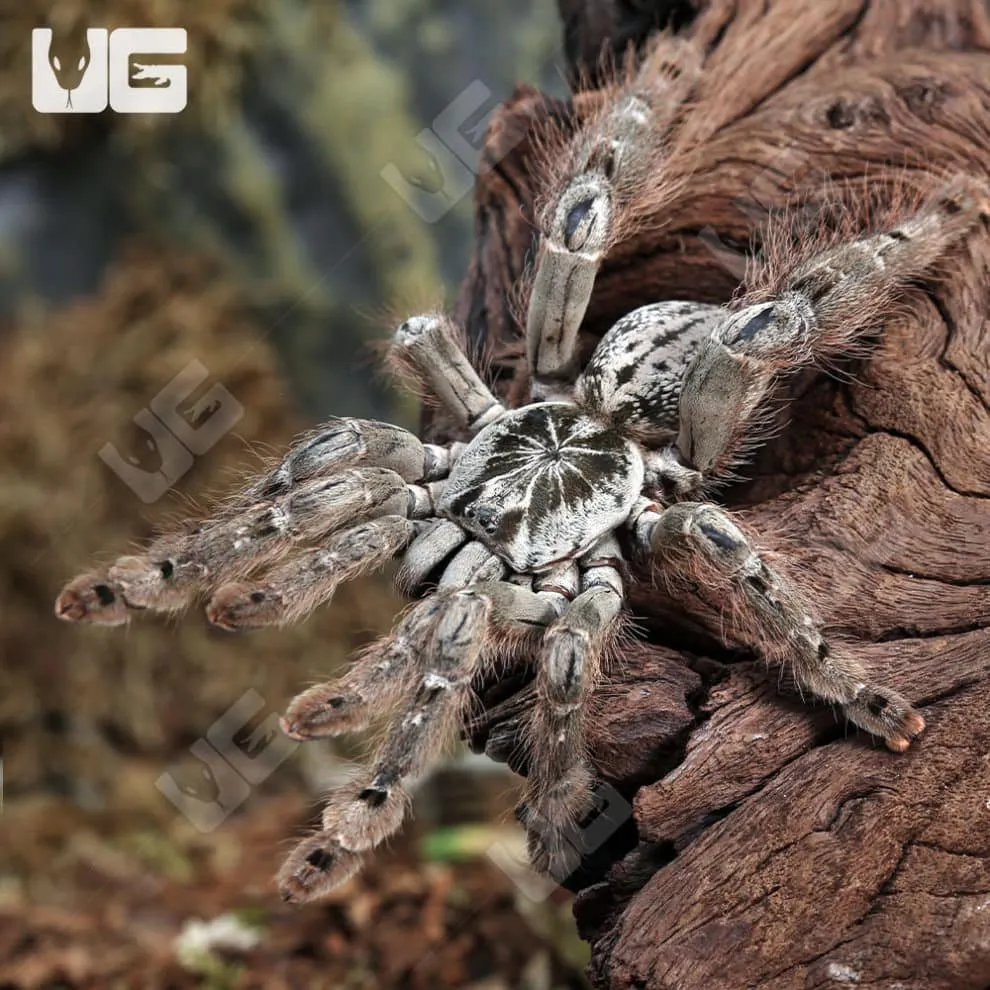What is a Baboon Tarantula?
The Baboon Tarantula is a group of spiders belonging to the family Harpactirinae, native to Africa. Known for their robust build, impressive size, and often striking coloration, these tarantulas are popular among arachnid enthusiasts. The name “Baboon Tarantula” comes from the appearance of their feet, which are said to resemble those of a baboon. These spiders are terrestrial, meaning they live primarily on the ground, and they construct burrows or utilize existing shelters. Their appeal lies in their diverse appearances and the unique experience of observing their behaviors. They are a captivating addition to the pet world, but they also command respect due to their potent venom and defensive instincts. Careful consideration and research are essential before deciding to keep a baboon tarantula.
Appearance and Physical Characteristics
Baboon Tarantulas are easily recognizable due to their hairy bodies and powerful legs. They range in size, with some species reaching up to 8 inches in leg span. Their coloration varies greatly, with some displaying earthy tones of brown, grey, and black, while others exhibit vibrant hues of orange or red. The bodies are covered in dense hairs, which are important for sensory purposes, allowing them to detect vibrations and air movements. The chelicerae, or fangs, are typically large and can be used for both capturing prey and defense. The size of the chelicerae is an indication of the spider’s potential to inflict a bite. Overall, the physical characteristics make them a fascinating and impressive creature to observe, offering a glimpse into the diverse world of arachnids.
Habitat and Distribution
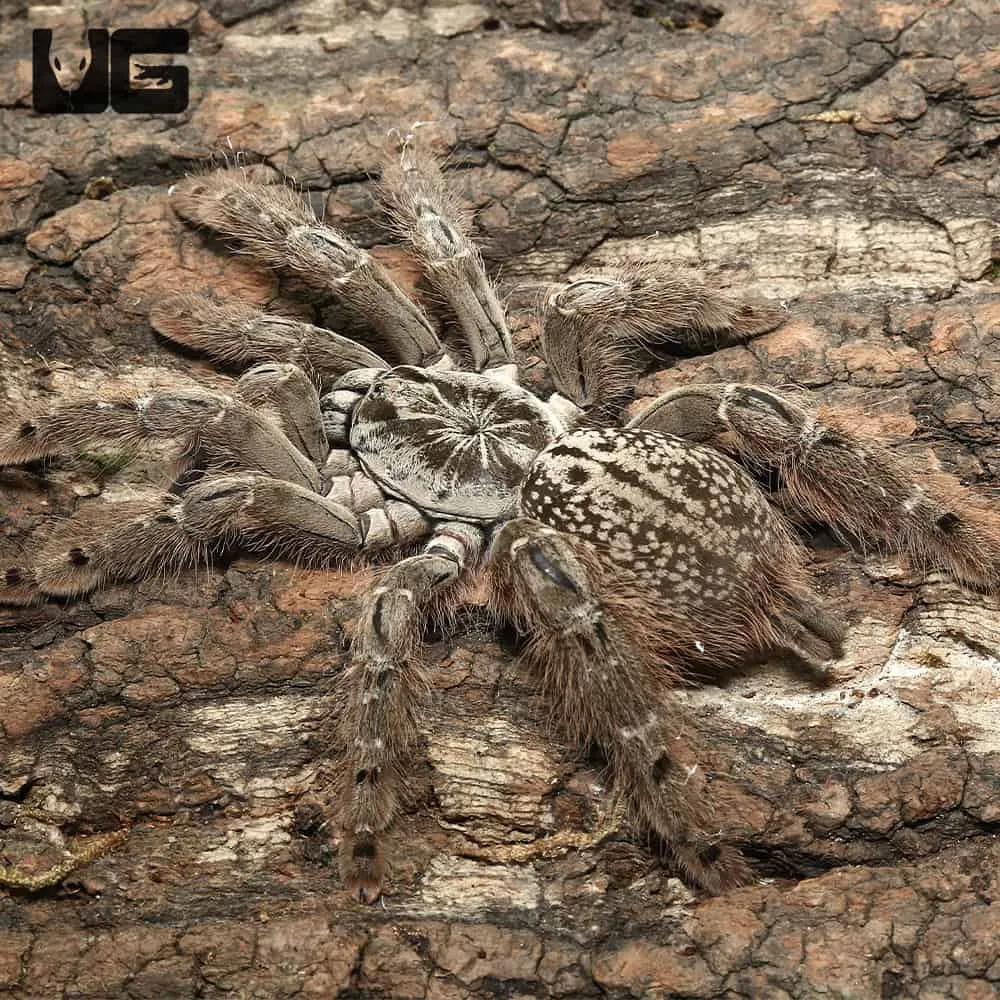
These tarantulas are found in various regions across Africa, including countries like Tanzania, Kenya, and South Africa. Their habitats typically consist of tropical and subtropical environments. Many species thrive in the burrows they dig in the soil or occupy natural crevices. The habitat of a baboon tarantula is crucial to their survival, providing shelter from predators and the elements. They prefer warm, humid climates, where they can hunt for prey and build their homes. Understanding their natural habitat is key to replicating their environment in captivity and providing them with a comfortable and healthy life. It helps to meet their needs, as they are sensitive to changes in their surroundings.
Baboon Tarantula Behavior
Temperament and Handling
Baboon Tarantulas are generally known for being defensive spiders, and their temperament can vary depending on the species and individual spider. Handling these spiders is generally not recommended, especially for beginners, as they are prone to biting when threatened. Their defensive behaviors include raising their front legs, displaying their fangs, and hissing. Even if the spider does not bite, their urticating hairs can cause irritation if they come into contact with human skin. If you do handle one, do so with extreme caution, wearing gloves and handling them over a soft surface to minimize risk. Always prioritize the safety of both the spider and yourself when interacting with them.
Defensive Mechanisms
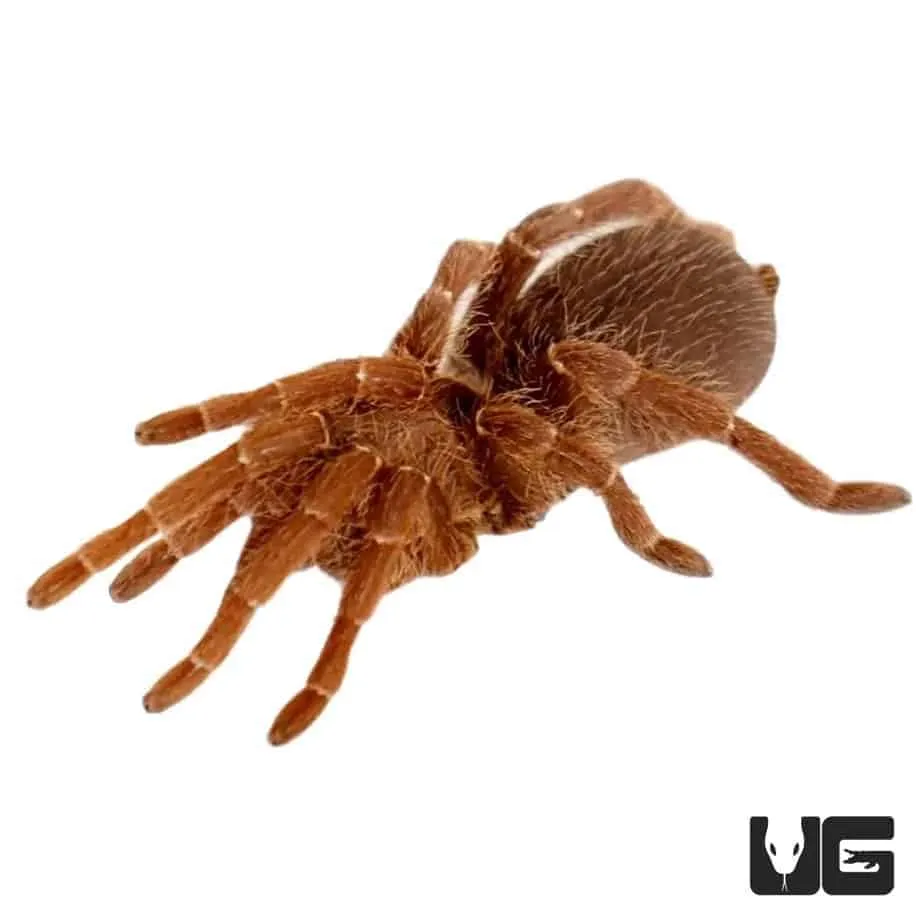
These tarantulas have several defense mechanisms to protect themselves from threats. One of the most common defenses is the bite, which can be painful due to their large fangs and potent venom. They can also flick urticating hairs from their abdomen. When these hairs make contact with the skin or eyes, they cause irritation and discomfort. Their powerful legs and quick movements allow them to escape danger. Understanding these defensive mechanisms is crucial for responsible pet ownership, as it helps keepers provide a safe environment and avoid unnecessary confrontation. Being aware of these defenses can help to minimize risks and promote the spider’s overall well-being.
Baboon Tarantula Diet and Feeding
What Do Baboon Tarantulas Eat?
In the wild, Baboon Tarantulas are opportunistic predators, feeding on insects, small reptiles, and occasionally even small mammals. Their diet in captivity should closely mimic their natural feeding habits. Crickets, mealworms, and roaches are common food items. The size of the prey should be appropriate for the tarantula’s size; ideally, it shouldn’t be bigger than the spider’s abdomen. Variety in their diet is important to ensure they receive a range of nutrients. It’s important to ensure the prey is gut-loaded, meaning it is fed a nutritious diet prior to being fed to the tarantula, thus providing additional nutrients. Keepers should remove any uneaten prey to prevent stress on the spider and to maintain the cleanliness of the enclosure.
Feeding Frequency and Schedule
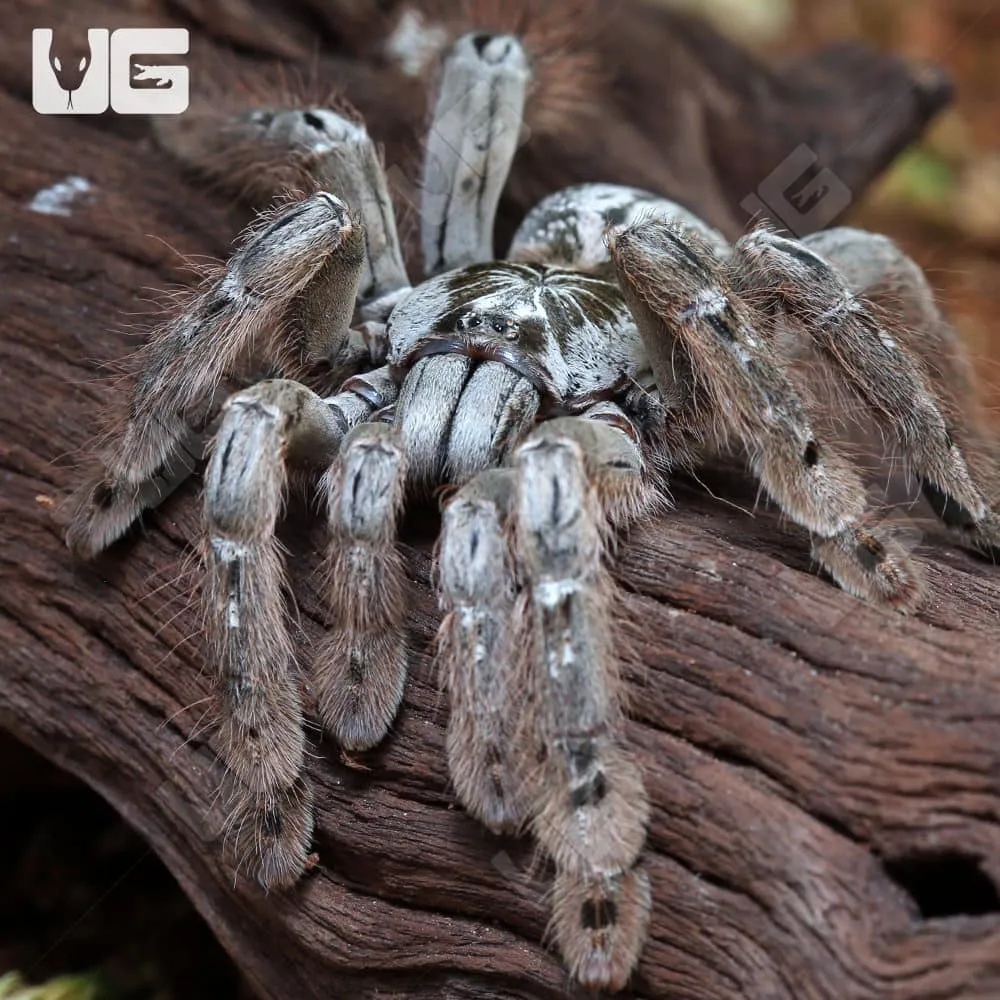
The feeding schedule for a Baboon Tarantula depends on its age and size. Spiderlings require more frequent feedings, usually every few days, while adult tarantulas can be fed once a week or even less often. Observing your tarantula’s behavior is crucial for determining the right feeding schedule. A tarantula that is actively hunting and has a healthy appetite is a good sign. Overfeeding should be avoided, as it can lead to health problems. A tarantula that has a swollen abdomen has probably eaten enough. It is also important to provide fresh water at all times and monitor the enclosure’s temperature and humidity to ensure the spider’s well-being.
Baboon Tarantula Lifespan and Breeding
Lifespan in Captivity
The lifespan of a Baboon Tarantula varies depending on the species and sex. Females typically live much longer than males. Females can live for 10 to 20 years or more, while males generally live only a few years after reaching maturity. Proper care, including a suitable habitat, appropriate diet, and regular maintenance, is crucial for maximizing their lifespan. Providing a stress-free environment and avoiding unnecessary handling also contributes to their overall health and longevity. Understanding the lifespan is essential when deciding to keep a Baboon Tarantula as a pet, as it requires a long-term commitment.
Breeding Basics
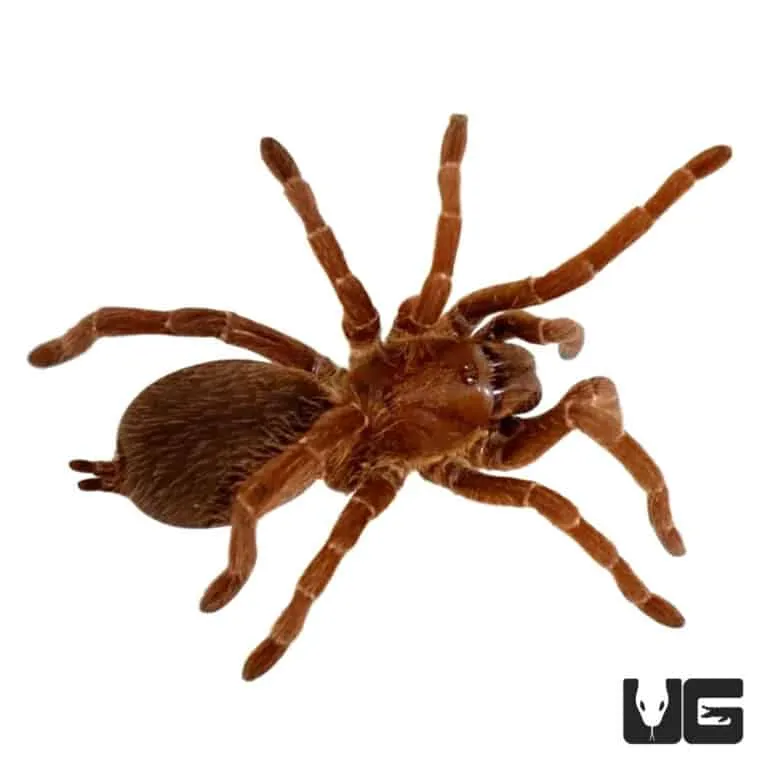
Breeding Baboon Tarantulas requires specific knowledge and experience. It is not recommended for novice keepers. The process involves careful preparation of both the male and female. This includes ensuring they are well-fed and healthy. Once introduced, the male must approach the female cautiously to avoid being eaten. If the female accepts, the mating process takes place. After mating, the female will typically lay an egg sac, which she protects and cares for. Raising spiderlings requires specialized knowledge about appropriate environments, feeding schedules, and handling. Due to the complexities involved, breeding these spiders is usually left to experienced keepers. However, it can be a rewarding experience for those who are prepared to undertake the commitment.
Conclusion
The Baboon Tarantula, with its impressive appearance and intriguing behaviors, offers a unique opportunity for those passionate about arachnids. While they may not be the best choice for beginners due to their defensive nature, their allure is undeniable. By understanding their characteristics, habitat, diet, and lifespan, one can appreciate these fascinating creatures. Responsible ownership includes a commitment to their well-being, a respect for their defensive mechanisms, and an understanding of their specific needs. Whether you are an experienced arachnid enthusiast or simply curious about the world of spiders, the Baboon Tarantula promises a rewarding experience.
